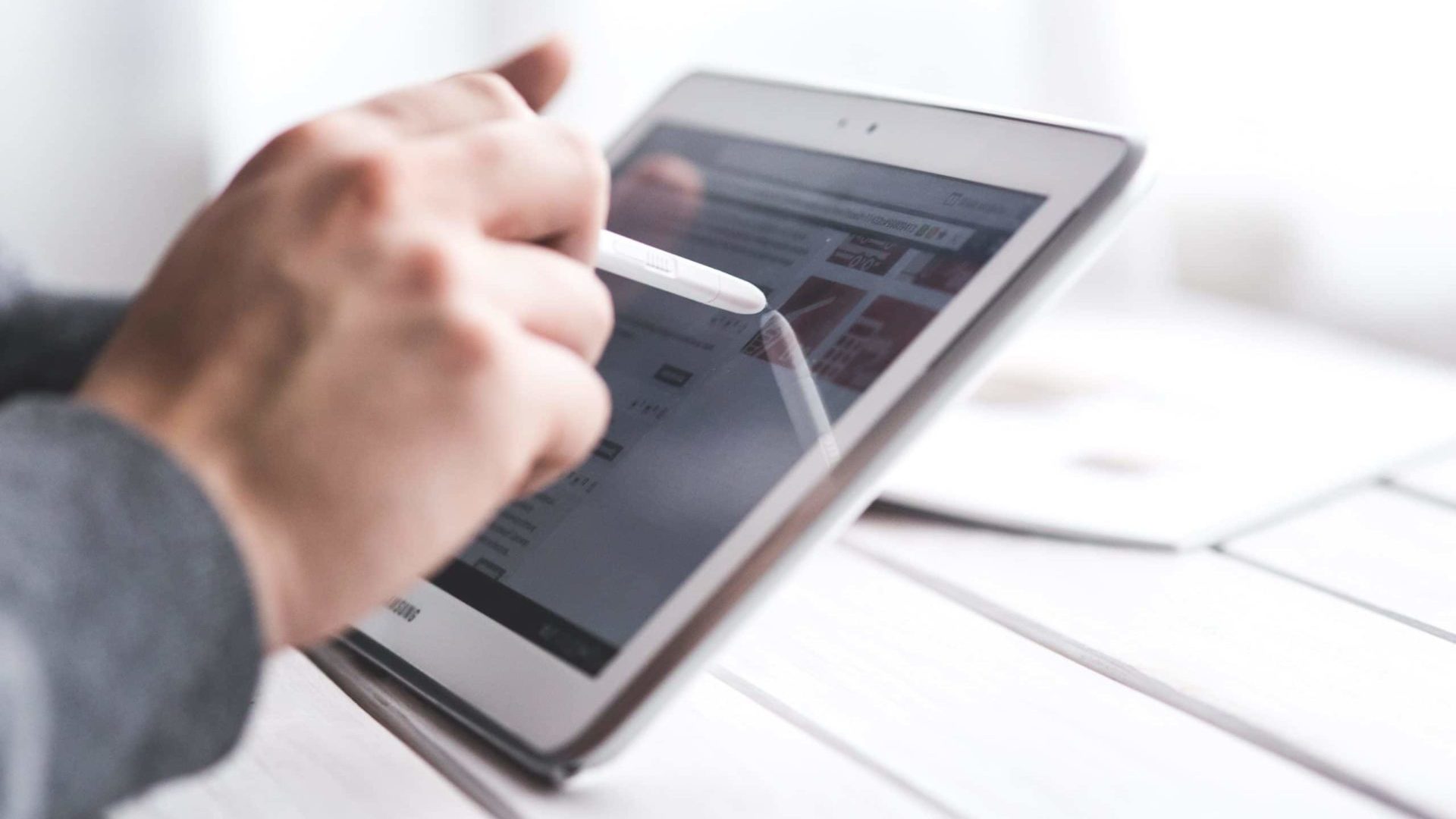It’s no secret that the current landscape of work and future workforce is continuously evolving. Workplace requirements and working models are increasingly changing in line with digital transformations and technological advancements. We’re now moving into a new era, where what used to work for most companies in the past is becoming less and less effective.
According to Gartner’s talent strategy research, only 21 percent of human resource (HR) leaders said that existing HR practices are helping their companies adjust to the changing demands of the digital business environment. This means that HR and organizational leaders, in general, need to re-invent their current talent strategies and do more than just hiring and nurturing talents.
This article will look at how your organization can re-invent its talent strategies to meet the changing demands in the digital era and build a future-proof workforce. Let us first start by reviewing the digital business spectrum.
So, what is changing in the digital age?
Think of the remote working models, work gigs, automation, reawakened e-commerce, cybersecurity issues, among other resilient approaches. These are some of the trends that are defining and shaping the digital business world. Remember that the pandemic has also significantly affected workplace needs and how businesses operate. And that has only done more in accelerating digital transformations and technological advancements.
All of this has compelled HR leaders to re-imagine their organizations’ talent strategies to reset and adapt to the changing business environment. For instance, organizations are now decreasing or entirely removing some operations, transferring production and operational facilities, and even reducing workforce capacities. Organizations are implementing such measures so as to remain alive and competitive in the digital age, which is facing economic uncertainties triggered by the pandemic.
So, looking at the future, here are three key ways that organizations can look into in resetting their talent strategies:
1. Closing the skills gap
According to recent research by Gartner Inc., 58 percent of the workforce will need new skills in order to complete their jobs successfully. This is a true reflection of the continually changing workplace needs triggered by digital transformation and today’s business disruptions, such as the Covid-19 pandemic. So, other than upskilling in enhancing the workforce’s proficiency, it will be imperative for HR to reskill their employees to enable them to acquire new skills that are emerging with the changing business world.
And apart from looking more into the existing skills gaps within the organization, the HR leaders will need to expand their wings and tap into current in-demand skills in the market. In other words, organizations need a market-driven and predictive approach in skills identification to not only keep pace with the shifting skill needs but to sustain their competitive advantage.
2. Dynamic and agile recruiting
“We cannot solve our problems with the same thinking we used when we created them.” These are the words of one of the greatest Physicists, Albert Einstein. Like Einstein states, business systems and models that used to deliver results in the past may no longer work today. This is especially true in the essence that we’re living in an age where business needs keep evolving in line with today’s digital work requisitions.
So the thing is that organizations need to embrace dynamic and agile approaches in re-inventing their talent acquisition strategies. You need to adopt easily adaptable recruiting models that can meet and efficiently respond to the rapidly evolving needs of the digital business. In the marketing industry, for instance, the requisitions brought by the latest consumers of Gen Zers, like social networks and overall digital/tech intelligence, need to be captured.
In short, companies should adopt a dynamic and agile recruiting operation model that isn’t just responsive to the internal organizational needs but also the changing needs of the market and industry.
3. Leverage innovation and analytics
To re-invent your talent strategy, you will need to change and adjust the way you’ve been doing some operations. Here, you’ll need to foster innovation and, most importantly, leverage your analytics. Organizations need to identify new opportunities and decide on which ones to pursue. Leaders will need to involve their employees and perhaps customers in making sound and informed decisions regarding the ideas to follow.
For instance, you could take on gigified talent to address short-term projects. Gigification can be an innovative way of working and dealing with new and emerging roles in this digital age.
On the analytics side, HR needs to rethink using labor-market data to drive and reset talent strategy by informing the business on exactly what it needs. The labor market intelligence can reveal to you the in-demand skill sets as well as the emerging skills. And above all, analytics enable you to decide on whether to buy or build talent and the best places your organization can find and locate talent.
To reduce the costs of analytics and the associated technology, you can make good use of the publicly available data such as the official government reports and statistics on the labor market, SMEs, customers, and much more. Organizations that foster innovation and use data and technology are more likely to have a seamless and successful digital transformation.
Parting Shot
In the wake of digital transformations, together with the post-pandemic realignments, HR leaders need to rethink outside recruiting, retaining, and developing talent only. Instead, they’ll have to come up with actionable and talent-centric approaches to redefine talent strategies and solve organizational problems. It will help position the organization for tomorrow and, more importantly, respond to the changing needs of the digital business world.
With decisive leadership coaching, it can take your organization a shorter time to start seeing amazing results with your talent strategies. Coaching could be what you need to take on a new turn with your talent strategy in the volatile digital business environment. A leadership coach can help align and bolster your talent strategies and adapt to the rapidly changing workplace environments. Contact us today to learn more about leadership coaching. We’ll be glad to assist!









